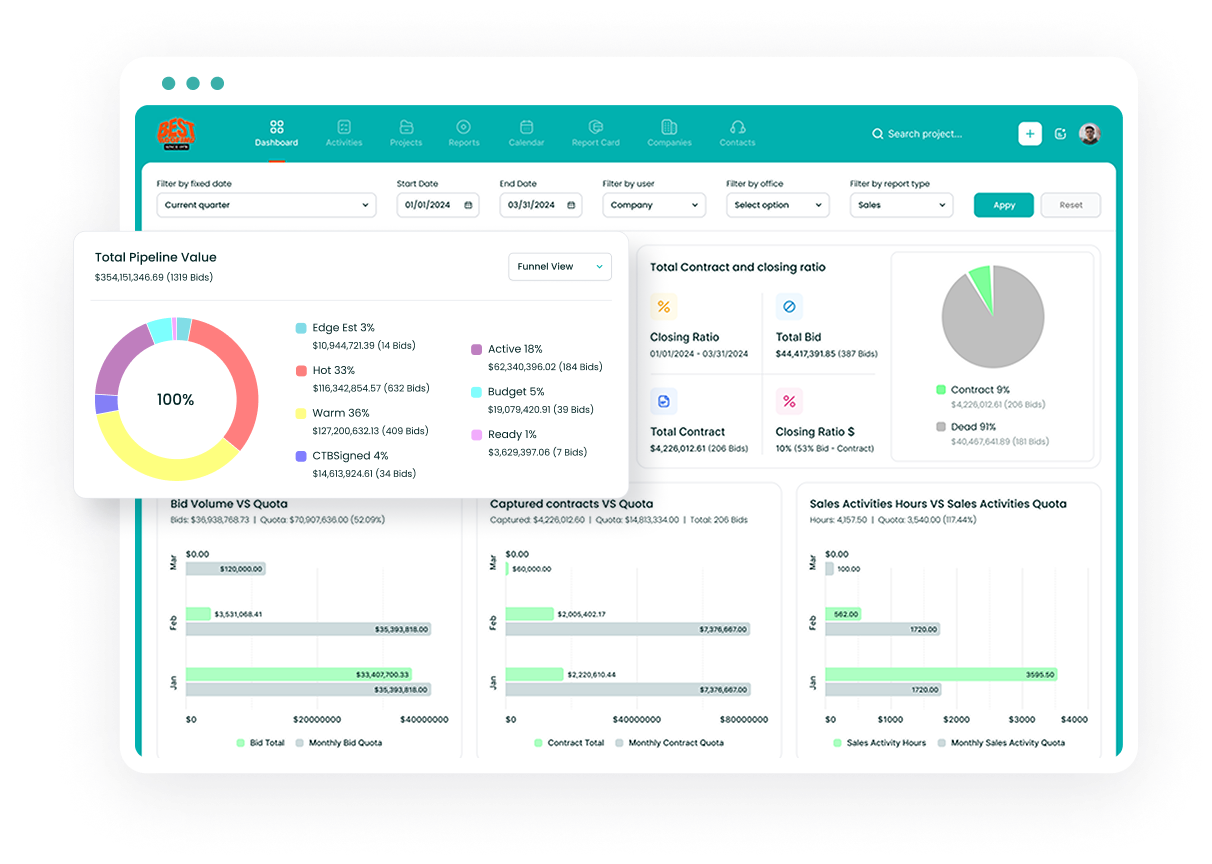Understanding Check Reversals in Sage 100
A check reversal in Sage 100 effectively cancels a previously issued payment while maintaining a proper audit trail. The system creates offsetting entries to ensure accurate financial records and can either reopen the original invoices for repayment or simply reverse the transaction.
Methods for Reversing Checks
Standard Check Reversal Process
- Navigate to Accounts Payable > Main > Manual Check and Payment Entry.
- Enter the bank code associated with the check you want to reverse.
- Input the check number that needs to be reversed.
- When prompted with "Is this a check reversal?" select Yes.
- You'll then be asked "Recall original invoices?" - your answer depends on your specific situation.
Recalling vs. Not Recalling Original Invoices
When to Recall Original Invoices: Choose to recall original invoices when you need to reissue payment for the same invoices. This typically occurs when:
- A check has been lost in transit
- A check needs to be reissued to the same vendor
- You need to stop payment on a check
When Not to Recall Original Invoices: Choose not to recall invoices when:
- The check was issued to the wrong vendor
- You need to create new invoices for a different vendor
- The payment needs to be allocated differently
Detailed Steps for Different Scenarios
Scenario 1: Reversing with Invoice Recall
- Enter the bank code and check number
- Confirm the check reversal
- Select Yes to recall original invoices
- The system will automatically populate:
- Original check date
- Negative check amount
- Vendor information
- Original invoice details
Scenario 2: Reversing without Invoice Recall
- Follow the initial steps for check reversal
- Select No when asked about recalling invoices
- Click the GL Distribution button (pound sign with arrow icon)
- Enter the appropriate GL accounts
- Input negative amounts to offset the original payment
GL Distribution Considerations
When handling GL distributions during check reversals:
- The system won't automatically pull original distribution data
- You must manually enter GL accounts for distribution
- Amounts must be entered as negative values
- The total distribution must equal the negative check amount
Register Updates and Verification
After completing the reversal entries:
- Print the Manual Check Register
- Review all entries for accuracy
- Update the register when verified
- Confirm the Daily Transaction Register update
Special Considerations for Job Cost Integration
When your Accounts Payable module is integrated with Job Cost:
- The system will notify you about recalled Job Cost invoices
- Manual distribution of these invoices is required
- Additional steps may be needed to properly allocate costs
New Reverse Check Run Utility
For users with Sage 100 Subscription (2020.1 and later):
Features of the New Utility:
- Located in Accounts Payable Utilities menu
- Allows reversal of entire check runs
- Can select checks by register number or bank code/check number
- Works with both standard and electronic payments
Best Practices
To ensure accurate check reversals:
- Gather all necessary information before starting:
- Bank code
- Check number
- Original payment details
- GL account information
- Document the reason for reversal in the comment field
- Verify all amounts and distributions before updating
- Keep detailed records of all reversals for audit purposes
- Print and store relevant registers and reports
Common Issues and Solutions
Multiple Checks with Same Number: If you discover multiple checks with the same number:
- Identify the incorrect check
- Process the reversal for the specific amount
- Ensure proper documentation of the reversal reason
Damaged Check Stock: For unusable check stock:
- Enter zero amount
- Mark as voided
- Record the check number for audit purposes
Verification Steps
After completing a check reversal:
- Review the Manual Check Register
- Verify the Daily Transaction Register
- Check the Bank Reconciliation module
- Confirm invoice status if recalled
- Validate GL account balances
Integration Considerations
When working with integrated modules:
General Ledger:
- Ensure proper account distribution
- Verify offsetting entries
- Check posting dates
Bank Reconciliation:
- Monitor cleared status
- Verify check numbers
- Confirm amounts
Reporting and Documentation
Important reports to maintain:
- Manual Check Register
- Daily Transaction Register
- Bank Reconciliation reports
- GL Distribution reports
- Vendor payment history
System Requirements and Updates
For optimal performance:
- Keep Sage 100 updated to the latest version
- Ensure proper user permissions
- Maintain accurate system dates
- Verify module integration settings
Troubleshooting
If issues arise during the reversal process:
- Verify all entered information
- Check system settings
- Review error messages
- Consult system logs
- Contact support if needed
By following these detailed steps and considerations, you can effectively manage check reversals in Sage 100 while maintaining accurate financial records and proper audit trails. Remember to always verify your work and maintain appropriate documentation for all reversals.
Citations: [1] https://www.youtube.com/watch?v=ZUZPiourMkY [2] https://www.rklesolutions.com/blog/sage-100-reverse-checks [3] https://help-sage100.na.sage.com/2023/Subsystems/AP/APUtilities/Reverse_Check_Run.htm [4] https://www.cs3technology.com/videos/void-checks-in-sage-100-erp [5] https://www.top-sage-resellers.com/blog/sage-100-reverse-check [6] https://www.youtube.com/watch?v=XC1adOPCvvA [7] https://www.dwdtechgroup.com/sage-100-mas-90-200/reversing-an-entire-accounts-payable-check-run-in-sage-100/ [8] https://www.erpvar.com/blog/bid/99278/Sage-100-ERP-MAS-90-How-to-Reverse-a-Check-Posted-to-Wrong-Vendor

